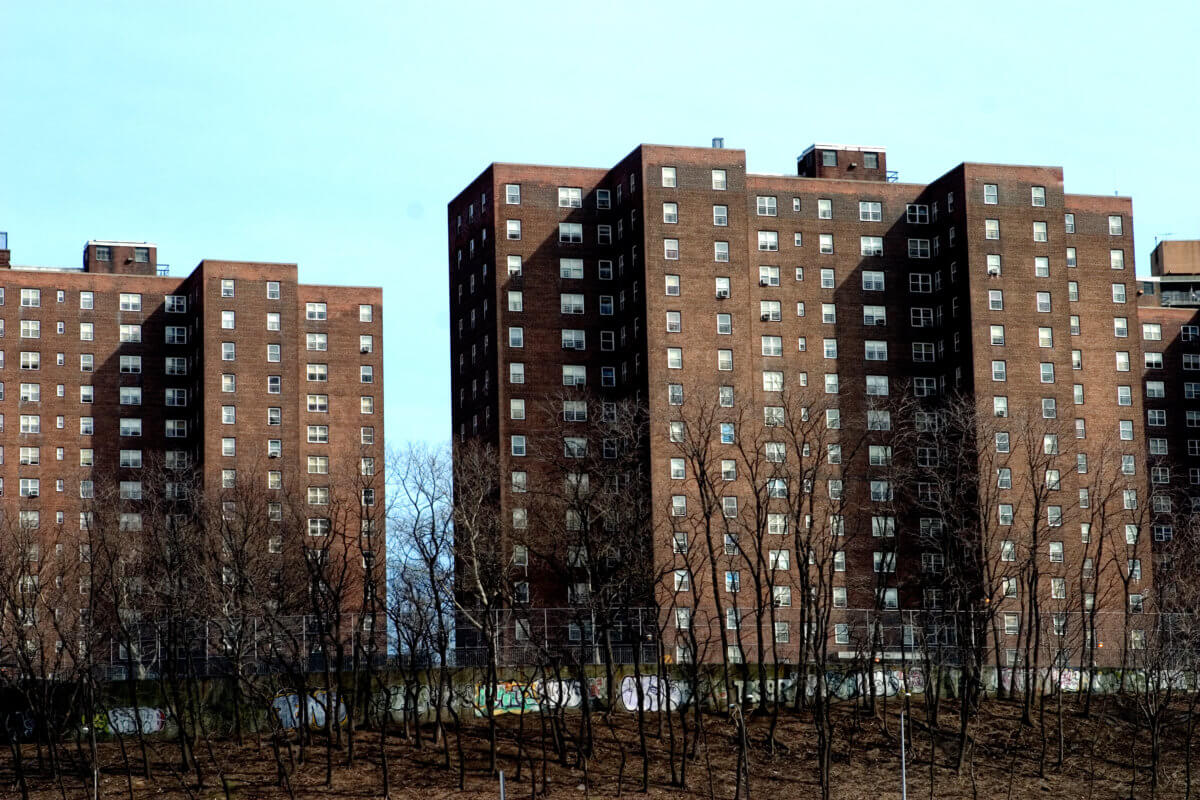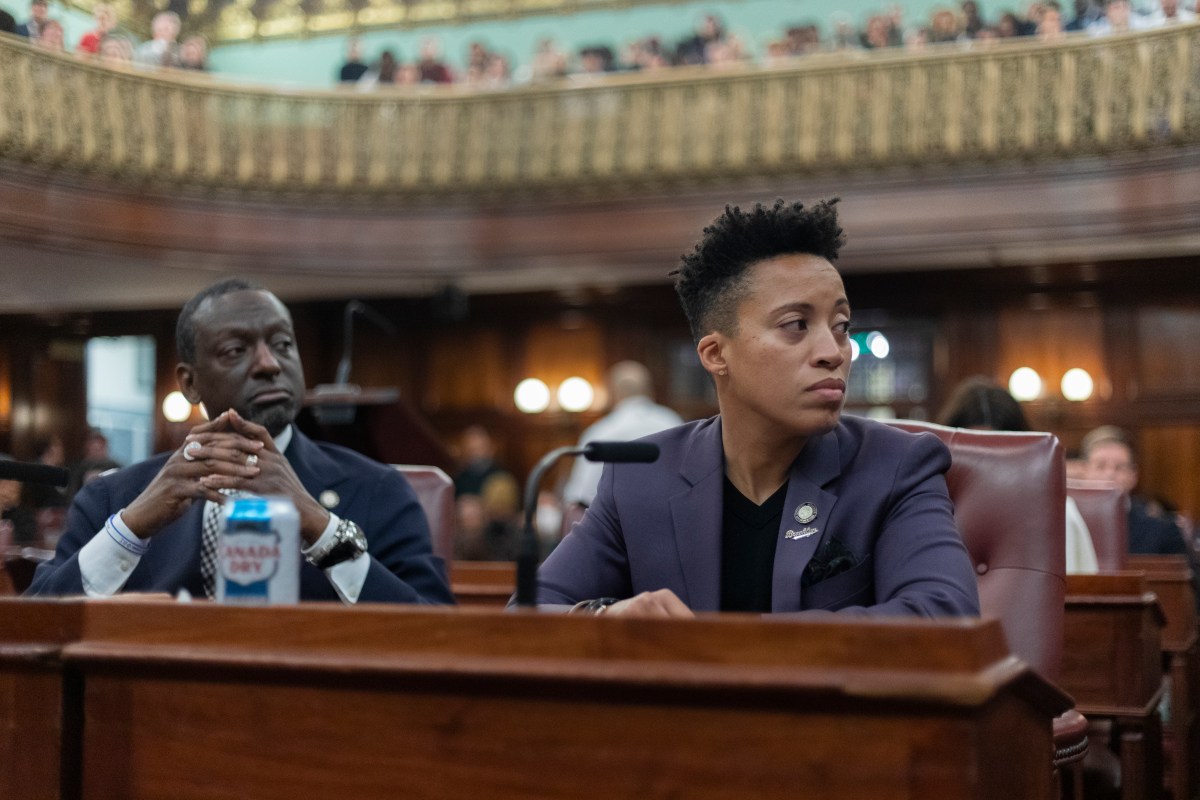Taller residences, less parking, and more infill buildings will be allowed in New York City if the mayor’s City of Yes for Housing Opportunity zoning changes go ahead as planned. The draft text for the proposal was released today by the NYC Department of City Planning, the final installment in the sweeping City of Yes zoning proposals that supporters say will increase climate-friendly infrastructure, small business growth, and housing affordability.
The rule changes would let developers build 20 percent bigger buildings if the extra density remains affordable to households earning up to 60 percent of Area Median Income, allow taller buildings around transit, reduce parking requirements for new developments, permit additional dwelling units, and facilitate infill development on large lots.
Along with the 792-page document, which is annotated with explanations, the city has released an illustrated 43-page breakdown explaining the rule changes.
Mayor Eric Adams has said the change in rules would spur development of more affordable housing at a time when there is a severe shortage of apartments for families earning middle and low incomes. However, critics of the changes say the plans will increase the number of market-rate and luxury apartments in New York City, produce little to no genuinely affordable below-market housing, and weaken public input – in turn reducing diversity in the city and changing the landscape of the city for the worse.
Economist and founder of nonprofit Human-scale NYC Lynn Ellsworth told Brownstoner most of the changes consist of “big developer deregulatory wish lists.”
“There will be zero effect on housing prices, except to keep them going higher and higher. Many are just ill-considered, in need of more serious neighborhood by neighborhood analysis, borough by borough, which City Planning appears to be incapable of doing, to its shame,” she said.
But for New York Building Congress President and CEO Carlo Scissura, the City of Yes mantra of “‘a little more housing in every neighborhood’ embodies maximizing available space to efficiently meet growing housing demands,” he said.
“The plan encourages repurposing underutilized space for housing and office conversions, breathing new life into neighborhoods,” Scissura told Brownstoner. “By allowing smaller-scale housing construction in low- and medium-density districts, we can ensure housing growth equitably distributed across the city.”
The proposed changes are an essential tool to that end, he added.
Architect and preservationist Andrew Berman, who serves as executive director of the Greenwich Village Society for Historic Preservation, said the proposal prioritizes high-priced housing at the expense of existing communities.
“We’re very concerned about the proposal to strip certain zoning limits from neighborhoods like ours, and largely just to make market rate (i.e. luxury) housing bigger,” he told Brownstoner. “We’re also very concerned about proposals to allow vastly increased air rights transfers from landmarks and within historic districts.” The group sent a letter to City Planning in October detailing their concerns.
The document release comes ahead of the city’s public review process, which involves community board hearings and review by borough presidents. Currently, the city is working on the draft environmental impact statement, which will go before the community boards, borough presidents, and borough boards for review soon. The city said in a press release about the text release that the rule changes should be voted on by the City Council before the end of the year.
“The human consequences of our housing shortage are clear: rising rents, homelessness, displacement, and an imbalance of power between landlords and tenants,” DCP Director and Chair of the City Planning Commission Dan Garodnick said in the release. “City of Yes for Housing Opportunity would help alleviate this crisis by providing New Yorkers with more housing choice, and the release of the draft zoning text is an important step toward making that happen.”
This story originally appeared on our sister publication brownstoner.com.



































